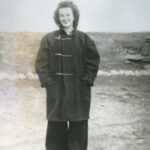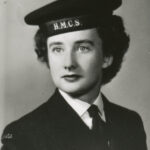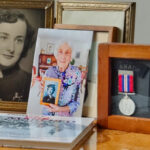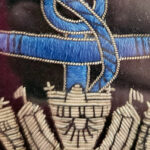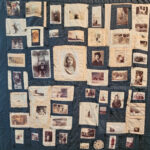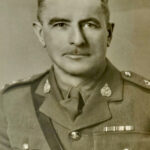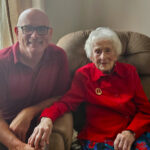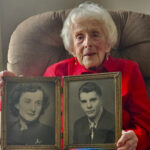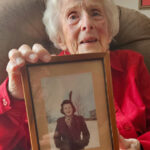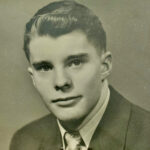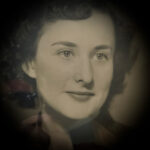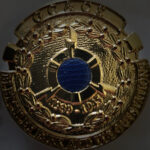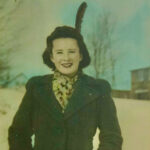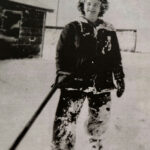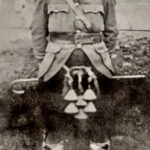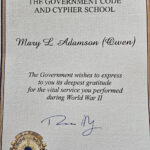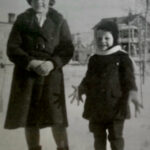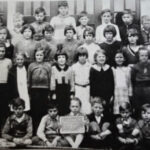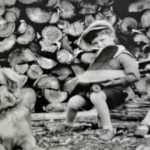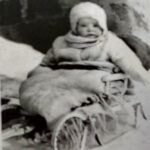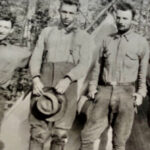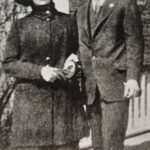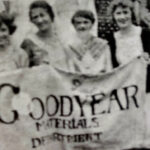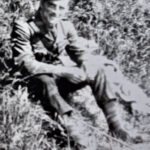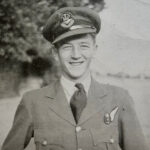Mary Owen (nee Adamson) was born June 2, 1926 in Creighton Mine, Ontario, a small mining town near Sudbury. Her father , a veteran of the Great War, was a gold prospector in those early days, and the family lived in a number of small towns across Ontario’s north at that time. Eventually they settled in the Kirkland Lake area, and that is where most of Mary’s early memories come from. She had a brother by that time, and the family was making its way through the realities of the Great Depression. Mary started high school in 1939, just as Canada joined Britain and declared war on Germany and the Axis powers. Mary spent those years watching the war unfold – on maps that her father had all over his den. She also saw the boys in her high school go off to war – and many did not return. When Mary turned 18, she felt as if she had just one decision to make – which branch of the service should she join? She tried the RCAF at first, but as they had no openings she opted for the Royal Canadian Navy and became a WREN. In short order she was off to Galt for basic training; as Mary opted to go into signals, she was sent for further training at Ste-Hyacinthe, where she learned Morse Code and other elements of communications. While there, a notice went up looking for volunteers for top secret work in Nova Scotia, and Mary signed up. She was sent to the tiny community of East Baccaro, on a remote peninsula in the southern part of the province. The RCN had set up a LORAN station there, and it was the task of Mary and the other WRENs to work that new technology of long range navigation, so they played a pivotal role in the Battle of the Atlantic in the final year of the war. Their efforts allowed for the safer transport of soldiers and war materiel “across the pond”, and they helped to set up the victory that would happen in May 1945. Mary was one of many women whose efforts were so critical – and so forgotten in the immediate aftermath of the war. She shares her story here to make sure the story is remembered. After the war, Mary settled into the rhythms of civilian life, marrying and raising a family. We thank Zach Dunn from Global Veteran Stories for his introduction to Mary Owen; see his Veteran Interview Stories here – http://GlobalVeteranStories.com.
Videos
Click next video below to keep watching
